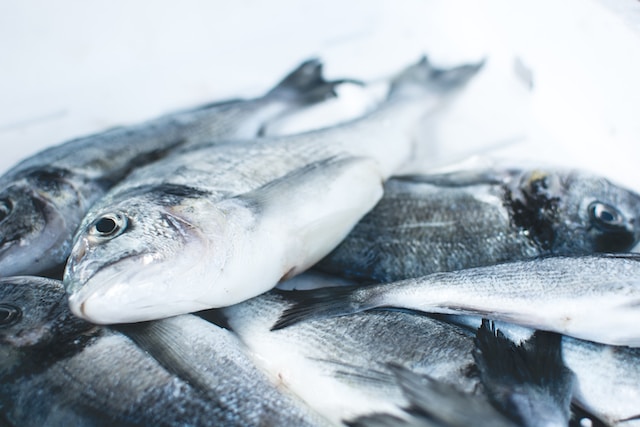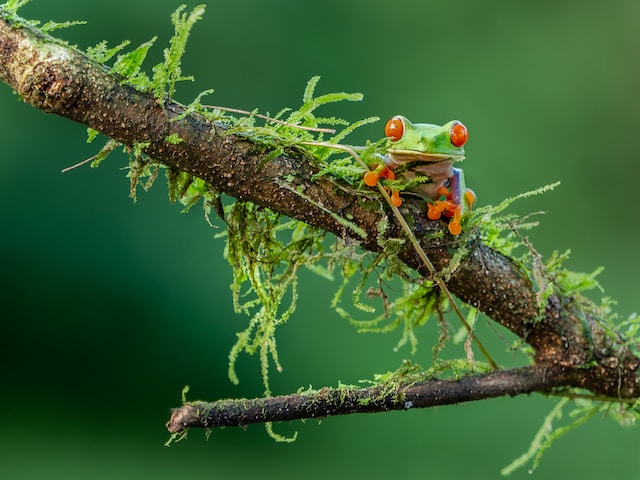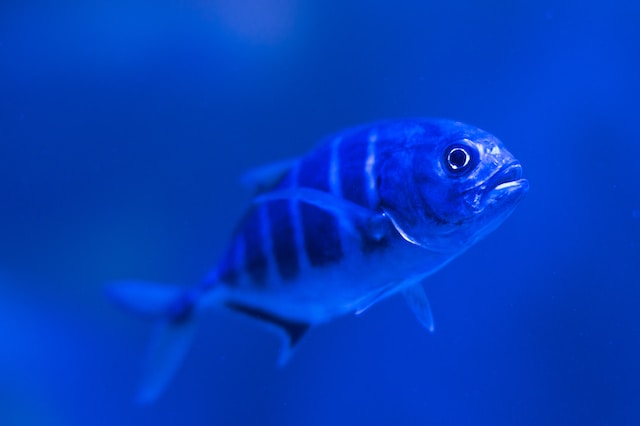
The world’s water bodies, from oceans and rivers to lakes and ponds, are teeming with a mesmerizing array of aquatic life. These creatures have evolved unique adaptations to thrive in underwater environments. In this article, we’ll explore the rich diversity of animals that call the water their home, categorized into key groups based on their habitat and characteristics.
Marine Animals: Life in the Vast Oceans
The Earth’s oceans cover over 70% of its surface, making them the largest and most diverse habitat for aquatic life. Marine animals have adapted to the challenges of saltwater, strong currents, and a wide range of depths.
Fish
From the speedy sailfish to the graceful angelfish, marine fish exhibit a kaleidoscope of colours, shapes, and sizes.
Some, like the clownfish, form symbiotic relationships with anemones for protection.

Coral Reefs
Coral reefs are bustling ecosystems inhabited by various marine animals, including corals, anemones, and colourful reef fish.
These diverse habitats provide shelter, food, and breeding grounds for countless species.
Marine Mammals
Dolphins, whales, and seals are marine mammals that have adapted to life in the ocean.
Whales, the largest animals on Earth, are known for their incredible migrations and sophisticated communication.
Freshwater Animals: Thriving in Inland Waters
Freshwater habitats, such as rivers, lakes, and ponds, are home to a wide range of aquatic animals adapted to less saline environments.
Freshwater Fish
Bass, trout, and catfish are popular freshwater fish species known for their recreational value and culinary importance.
Some, like salmon, undertake remarkable upstream migrations to spawn.
Amphibians
Frogs, toads, and salamanders are amphibians that spend part of their lives in water and part on land.

Frogs, with their unique calls, are vital for wetland ecosystems and serve as indicators of environmental health.
Crustaceans
Crayfish, crabs, and freshwater shrimp are crustaceans that inhabit inland waters.
They play essential roles in nutrient cycling and serve as prey for various freshwater predators.
Estuarine Animals: The Meeting of Two Worlds
Estuaries are transitional zones where freshwater rivers meet the salty ocean, creating unique habitats that support diverse flora and fauna.
Mangrove Ecosystems
Mangroves, with their distinctive prop roots, are vital to estuarine ecosystems.
They provide shelter and breeding grounds for fish, crabs, and numerous bird species.
Brackish Water Fish
Species like tilapia and flounder thrive in estuaries, adapting to the varying salinity levels.
These fish are crucial for both local fisheries and the diets of many coastal communities.
Polar Animals: Surviving in Icy Waters
The icy polar regions, both Arctic and Antarctic, present extreme challenges for aquatic life due to frigid temperatures and long periods of darkness.
Arctic Marine Life
Polar bears, seals, and walruses are iconic Arctic marine mammals, well-adapted to cold environments.
Narwhals, with their long, spiral tusks, are among the Arctic’s most enigmatic creatures.
Antarctic Marine Life
Penguins, with their charming waddle, are synonymous with Antarctica and its surrounding waters.
Krill, tiny shrimp-like organisms, form the foundation of the Antarctic food web, supporting species like whales and seals.
Deep-Sea Creatures: Life in the Abyss
The deep sea, where sunlight is scarce and pressure immense, hosts some of the most mysterious and bizarre aquatic life forms.
Bioluminescent Organisms
Deep-sea creatures often possess bioluminescent adaptations, creating their light to navigate and attract prey or mates.
Anglerfish, with their luminous lure, exemplify this intriguing phenomenon.
Giant Squid and Deep-Sea Fish
Giant squids, elusive and enigmatic, are among the largest and least-known deep-sea creatures.

Deep-sea fish, like the fangtooth and gulper eel, have evolved unique features for survival in extreme conditions.
Conclusion
The world’s aquatic habitats host an astounding variety of animals, each adapted to their specific environment, from the depths of the oceans to the shallows of freshwater streams. These creatures play critical roles in ecosystems, providing food, regulating populations, and contributing to the intricate balance of aquatic life. Exploring the myriad types of water-dwelling animals not only deepens our appreciation for the natural world but also underscores the importance of conserving these vital habitats for generations to come.